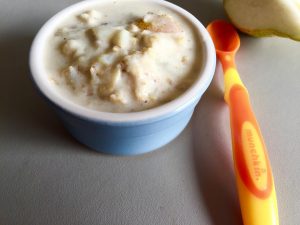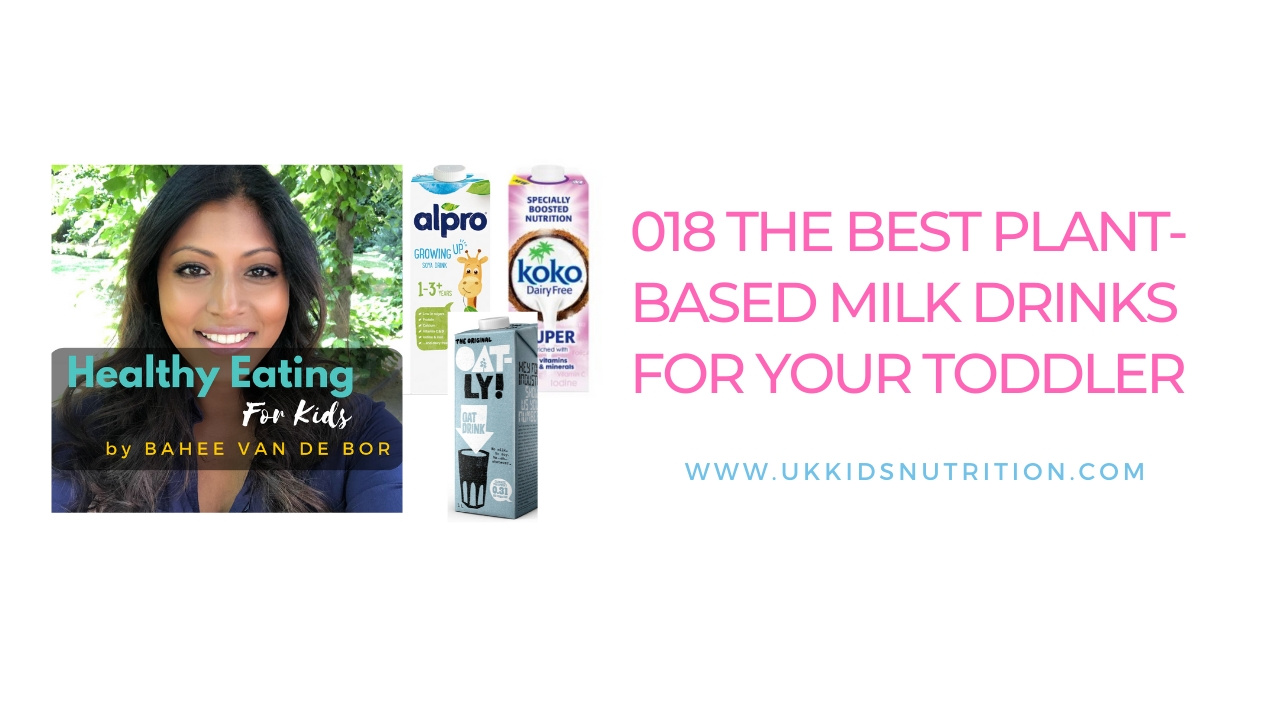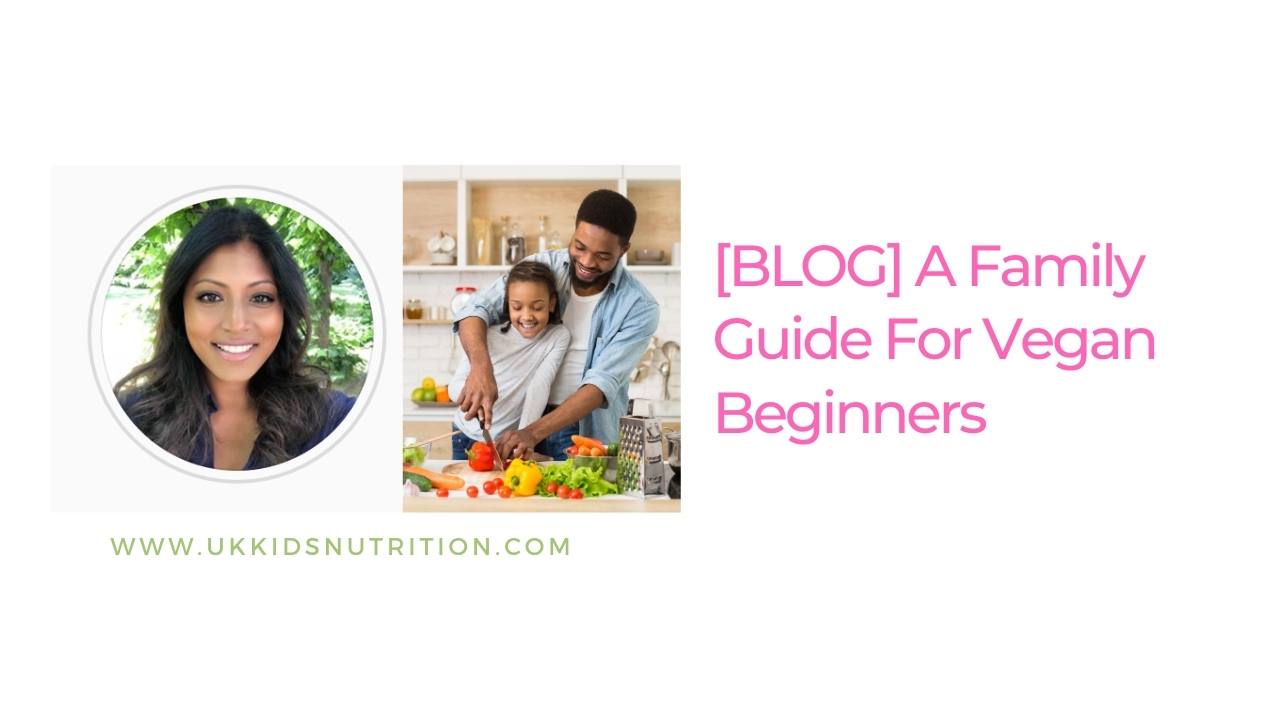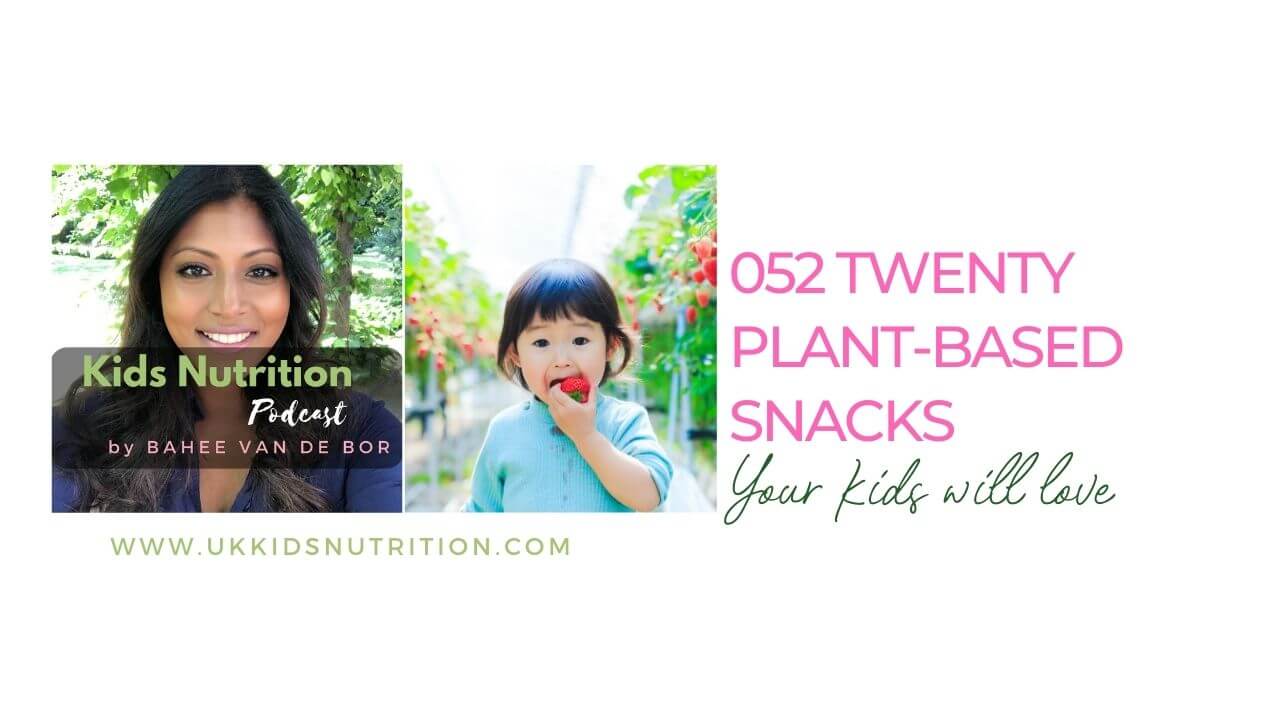Click here to download and print this infographic. It’s free.
Traditionally meat and chicken always sprung to mind when you thought of iron rich foods. Why? We know that it’s rich in high quality iron and you don’t need a large serving to meet daily iron target. But what about our fussy eaters who are not keen on meat? Would plant sources that are also rich in iron do the trick?
Why you should love plant sources of iron
Contrary to popular belief on a per calorie basis plant foods contain more iron than animal foods.
There are two types of iron, haem and non-haem. Haem iron makes up 40% of animal proteins such as meat, chicken and fish whilst non-haem makes up the remaining 60%. Plant foods are predominantly non-haem iron-based and lack popularity as haem iron is known to be efficiently absorbed compared to the less popular non-haem partner.
The good news. With a few clever tweaks in your child’s diet, you can boost its absorption without fearing poor iron levels.
There are also similar rates of iron deficiency problems across individuals regardless of whether they follow a vegan, vegetarian or meat lover lifestyle.
Fitter and stronger with elaborate greens
This invokes memories in me. I used to hate spinach as a child and yet dark green leafy vegetables are abdundant in iron. I also happen to love spinach now and thrown into a dish with chicken or meat you not only have a source of iron but also vitamins and fibre.
Did you know that the presence of haem iron enhances the absorption of non-haem iron in plant foods?
Don’t fret if your child only eats a small portion of that meat dish. The combination of iron-rich foods from a few different sources will be your insurance policy for increasing iron intake. Stir-fries and one-pot dishes are fantastic for this reason as all the greens and meat, chicken or fish are combined.
For iron, for your top sources think spinach, swiss chard, turnip greens, beet greens and kale.
Kale is particularly popular at the moment but don’t overlook your humble spinach. A 100g serving of cooked kale provides 2.0 mg of iron whilst spinach boasts nearly 2.6mg.
100g of cooked curly kale provides 2.0 mg of iron whilst 100g of cooked spinach boasts 2.6mg
Did you know that peas, broccoli, tomato juice and Brussel sprouts are also sources of iron? They may not make the top list, but broccoli and tomatoes, in particular, are also sources of vitamin C.
Vitamin C is a key water soluble vitamin and antioxidant that helps promote the absorption of non-haem iron.
Nutrition tip: include at least 1-2 servings of vitamin c rich fruit and vegetables with meals. Think citrus fruit, berries, melon, broccoli, tomatoes and peppers. Serve fruit for dessert and if your child is particularly keen on fruit juice then serve this diluted with water as part of a balanced meal.
Tasty Tofu
Tofu and soy ‘meat’ is also another great source of iron. Tofu on its own may seem boring but thrown into a stir fry with a delicious sauce can make a winning dish. Further down the list, we’ve got nuts. Finely chopped nuts in a stir fry is another popular way of getting in iron, protein, zinc, selenium and healthy fats without relying on meat.
Love Your Lentils
Lentils are fantastic in a soup or in a curry. Puy lentils are delicious in a salad and don’t forget to throw them into a stew for another way of increasing iron intake. Just remember your vitamin C rich foods to complement the meal.
Here’s my perfect dhal recipe.
Beans and Peas Galore
Chickpeas are delicious in salads or in a soupy dish. Who doesn’t love burritos with pinto beans? My daughter will also eat sandwiches with hummus used as a spread.

Nuts and Seeds
Whole nuts should not be offered to children under five years of age due to risk of choking. However, why not consider a nut butter or throw in ground seeds into your child’s morning porridge? Delicious. Here is my Pear & Chia Powered Oats recipe.

Think good investment
So in summary, yes plant sources that are rich in iron are equally effective in meeting your child’s daily quota of iron. Just remember your vitamin C rich fruit and vegetables and don’t forget that tofu, beans, lentils and peas are also excellent sources of iron. Just keep the variety flowing.
By encouraging sustainable food sources like pulses and iron-rich plant foods you and your child are also kinder to animals and our environment.
By optimising children’s iron intake they can also enjoy beautiful healthy hair.
Would you like to speak with a dietitian for an individualised plan? Then apply for nutrition coaching here.
You can also join me on Facebook and Instagram for nutrition chit chat.








4 thoughts on “Five Perfect Iron Rich Plant Foods”
Lovely infographic and such a useful blog post, thanks for sharing.
Thank you Priya
Great advice! It’s always a worry for me as we don’t eat meat!
Thanks Kate